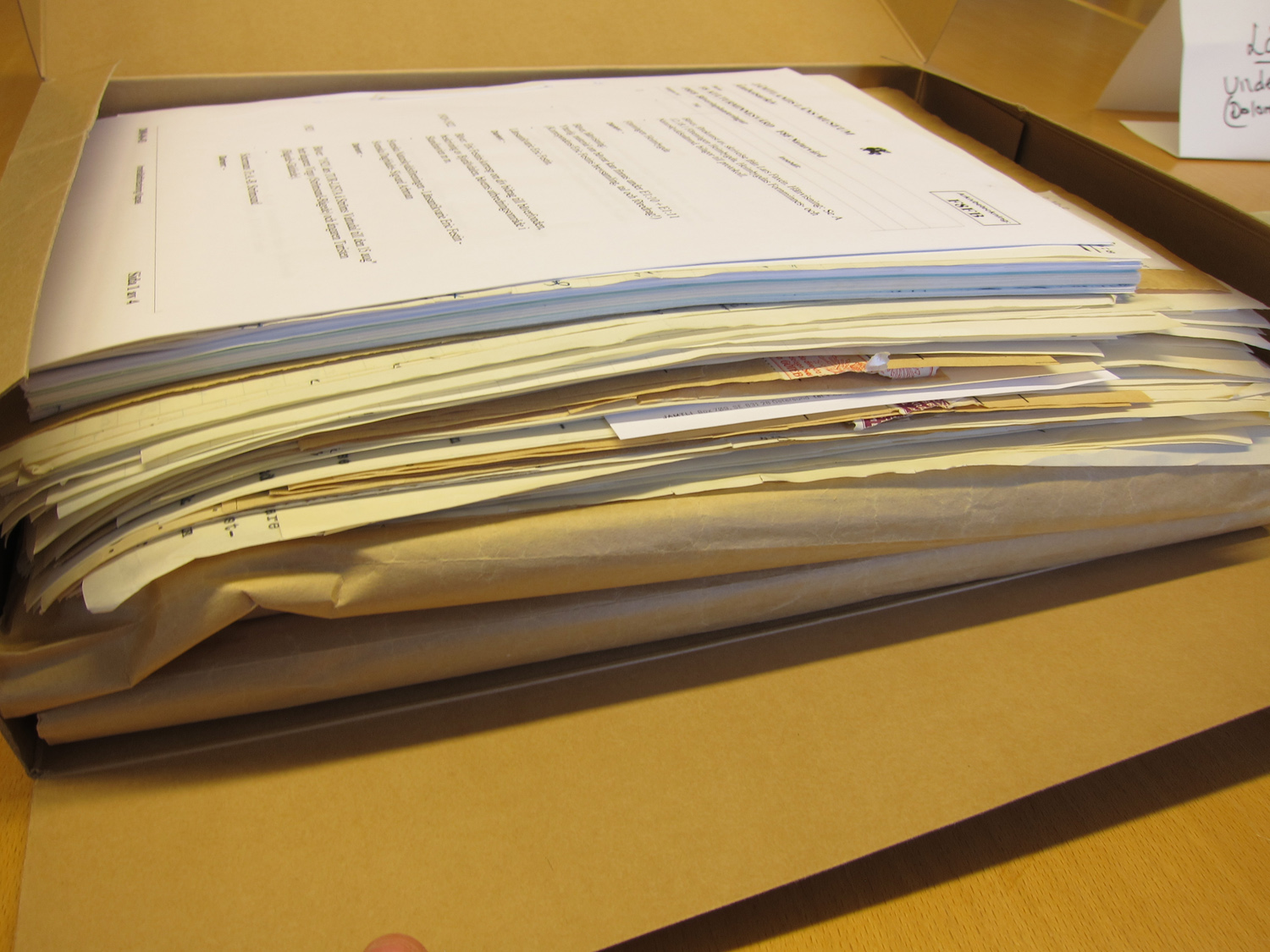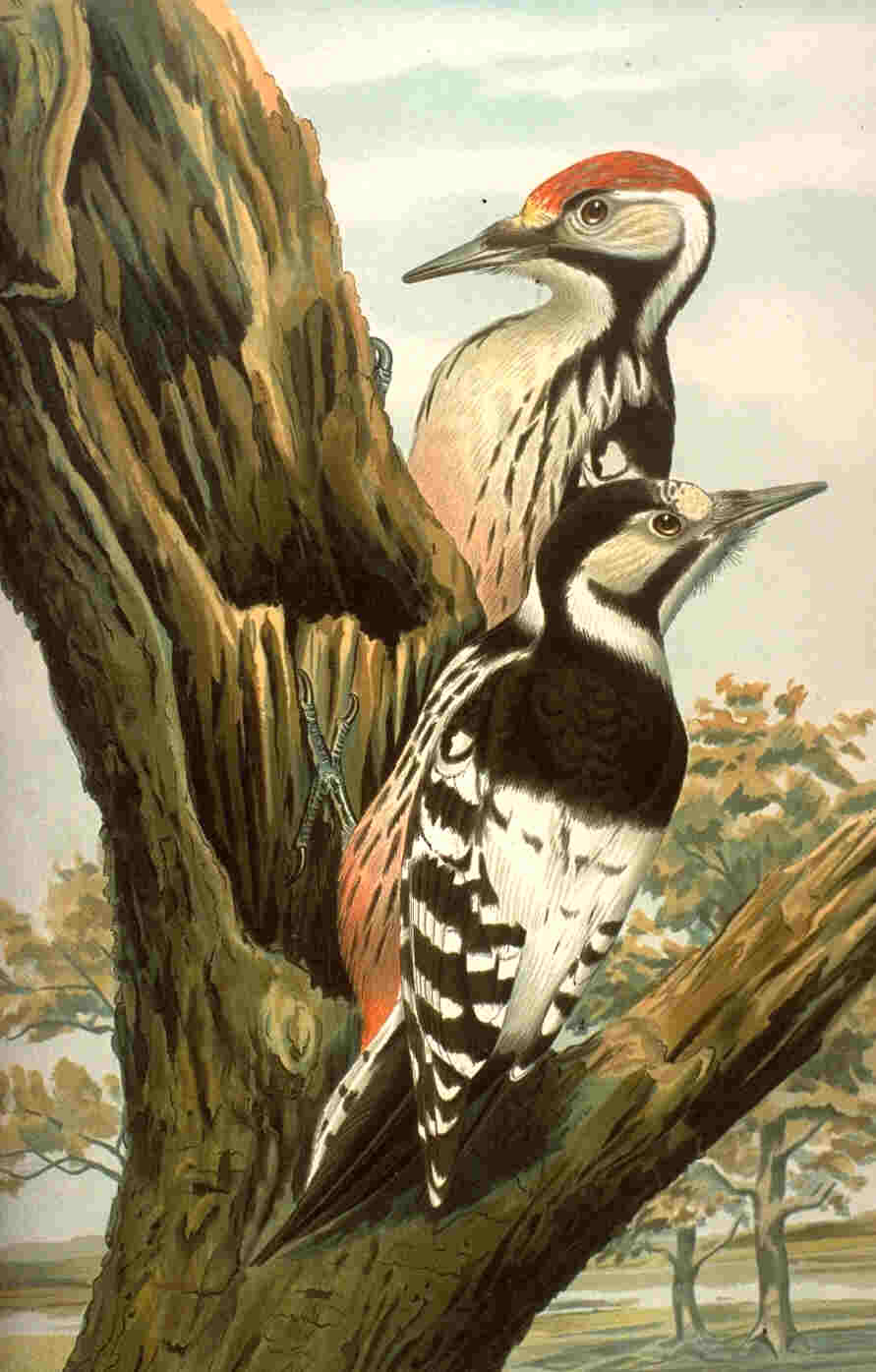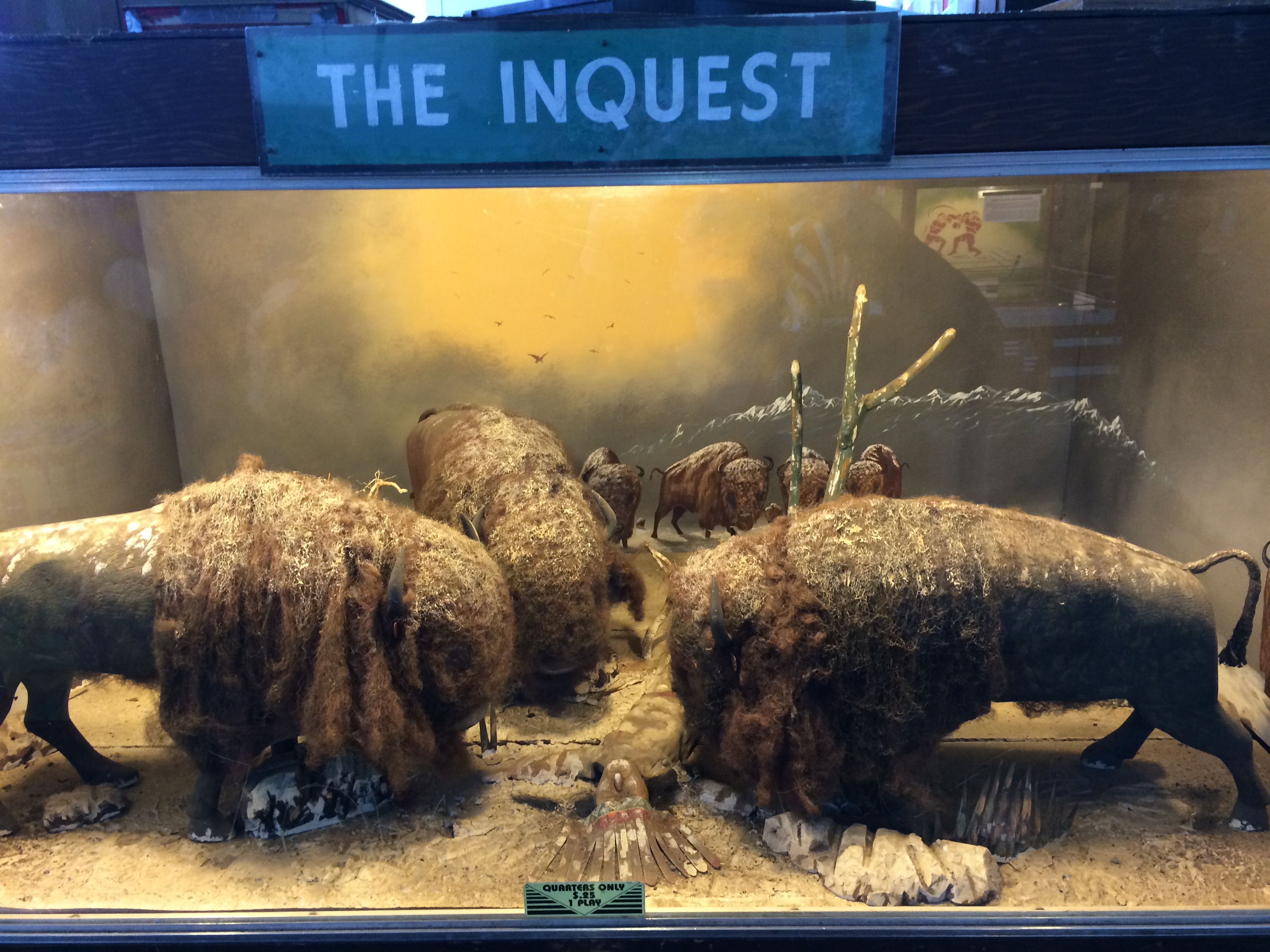
An inquest of “The Inquest”
Warning: Undefined variable $skin in /home/anthropo/public_html/dolly/nordicnature/wp-content/plugins/media-element-html5-video-and-audio-player/mediaelement-js-wp.php on line 405
Warning: Undefined variable $src_attribute in /home/anthropo/public_html/dolly/nordicnature/wp-content/plugins/media-element-html5-video-and-audio-player/mediaelement-js-wp.php on line 410
Warning: Undefined variable $type_attribute in /home/anthropo/public_html/dolly/nordicnature/wp-content/plugins/media-element-html5-video-and-audio-player/mediaelement-js-wp.php on line 410
Warning: Undefined variable $poster_attribute in /home/anthropo/public_html/dolly/nordicnature/wp-content/plugins/media-element-html5-video-and-audio-player/mediaelement-js-wp.php on line 410
Warning: Undefined variable $autoplay_attribute in /home/anthropo/public_html/dolly/nordicnature/wp-content/plugins/media-element-html5-video-and-audio-player/mediaelement-js-wp.php on line 410
Warning: Undefined variable $mp3_source in /home/anthropo/public_html/dolly/nordicnature/wp-content/plugins/media-element-html5-video-and-audio-player/mediaelement-js-wp.php on line 412
Warning: Undefined variable $webm_source in /home/anthropo/public_html/dolly/nordicnature/wp-content/plugins/media-element-html5-video-and-audio-player/mediaelement-js-wp.php on line 413
Warning: Undefined variable $flv_source in /home/anthropo/public_html/dolly/nordicnature/wp-content/plugins/media-element-html5-video-and-audio-player/mediaelement-js-wp.php on line 414
Warning: Undefined variable $wmv_source in /home/anthropo/public_html/dolly/nordicnature/wp-content/plugins/media-element-html5-video-and-audio-player/mediaelement-js-wp.php on line 415
Warning: Undefined variable $ogg_source in /home/anthropo/public_html/dolly/nordicnature/wp-content/plugins/media-element-html5-video-and-audio-player/mediaelement-js-wp.php on line 416
Warning: Undefined variable $captions_source in /home/anthropo/public_html/dolly/nordicnature/wp-content/plugins/media-element-html5-video-and-audio-player/mediaelement-js-wp.php on line 417
Warning: Undefined variable $loop_option in /home/anthropo/public_html/dolly/nordicnature/wp-content/plugins/media-element-html5-video-and-audio-player/mediaelement-js-wp.php on line 423
Warning: Undefined variable $mediahtml in /home/anthropo/public_html/dolly/nordicnature/wp-content/plugins/media-element-html5-video-and-audio-player/mediaelement-js-wp.php on line 425
This week I stopped as a tourist at the Musée Mécanique at Fisherman’s Wharf in San Francisco after the American Society for Environmental History annual meeting. The museum is part historical collection, part working penny arcade (although most things cost a US quarter now). There are stereoscope viewers, fortunetellers, strength testers, ball games, and car games. A large number of them machines are moving dioramas including farms with moving animals, carnivals with working rides, the oil field with spinning derrick drills, and bizarre morbid animated execution scenes including hangings and a beheading via guillotine.
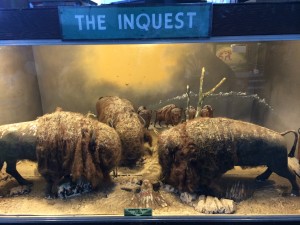
One of the automata diorama machines was called “The Inquest”, presumably dating from end of the 19th or beginning 20th century like much of the collection, but no date was on it. The scene was intriguing. Three American bison (commonly referred to as buffalos) stood around a Native American (at the time of production called an Indian) lying on the ground. The setting is early winter – the bison, Indian headdress, and ground are lightly dusted in white. The backdrop is painted with more bison and a rising mountain is capped with snow. The hairy inquisitors moved their heads either sideways or up and down, investigating the dead face-up Indian. That was it. That was the story a viewer got for a coin.
As the bison shook their heads pondering the plight of the man, I began to ponder what such a display meant.
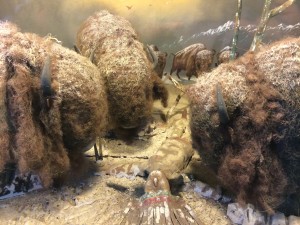
One possible interpretation is a turning over of the hierarchy of hunt and hunter. Here the man, who had likely caused the death of so many bison, was dead before them. From the bisons’ perspective, was it a deserved death? Perhaps it was the same kind of view as the executions on other machines that always implied that justice was served through death. Of course, in reality it was not natives but invading white settlers and hunters that brought the bison to the brink of extinction. But I doubt that was considered at the time the machine was made or seen in an arcade. Such a message caught me off guard because it looks at the scene from the bison’s point of view. It is the bison who are the actors – they inquire, investigate, and move – rather than the human.
An alternate interpretation is that the scene represents the closing of the frontier, i.e. the Fredrick Jackson Turner thesis that I have no doubt came up in several papers at the ASEH conference I was attending. Was this a moving meditation on the end of the Western way of life? The bison seem genuinely distressed at the body. Perhaps we are supposed to read them as compatriots, components in a Western ecosystem which has been dismantled by outsiders. This too would be a surprising message in that it admits a place for both the animal and Indian at a time when neither seemed to have a place at all. We often fail to remember that the bison was nearly extinct by 1900. The herds had been systematically hunted for skins and as a way to force the indigenous people off the land, with thousands of carcasses left rotting in the sun. It was only the fortuitous action of a few that keep the animals alive on farms, animals which would eventually breed enough to be successfully reintroduced to the plains. According to Andrew Isenberg’s The Destruction of the Bison, part of the impetus for reintroducing the Plains giant was to reclaim the frontier wildness and preserve the cowboy (rather than Indian) whose way of life was passing away. Perhaps the death of both the Indian and the bison meant the death of the cowboy, an American icon. Did the creator want to invoke a sense of guilt for this destruction from the viewer?
This short inquest of “The Inquest” can’t provide answers, but it can prompt us to think about who is in the center of our environmental history stories: The curious bison? The dead Indian? The unseen cowboy? As a historian, I often stand over my long-dead subjects like the animated bison, cocking my head sideways wondering what it all means.
Libby Robin added this comment:
The Hunted turn on the Hunt – what a trope for the End of the Frontier era. It would be very interesting to find out how close this one was to 1893.
Another idea is that this is what Tom Griffiths calls ‘White Noise’ – pitting the man and beast against each other, when in fact their common enemy was European settlement, thereby silencing the guilt.
Tom’s idea is online http://www.australianhumanitiesreview.org/emuse/wik/griffiths2.html and further explicated in his book <<Hunters and Collectors>> (1996)
As always, readers are welcome to comment! Because WordPress broke the commenting feature on the latest database upgrade, send me a email if you’d like to do add something to the discussion.


